Birdhouses built for hanging around in Philly
-
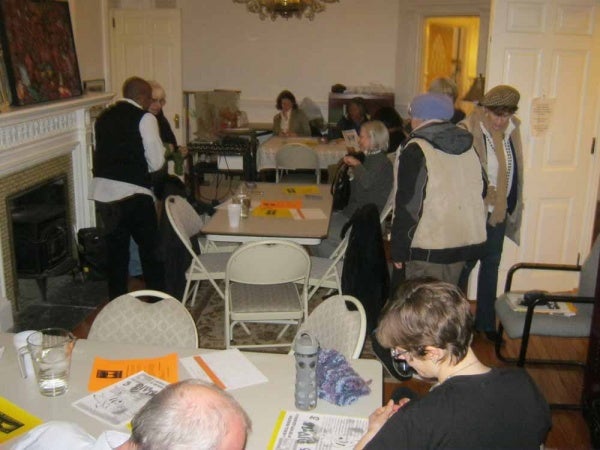
<p>Roundtable members gathered in the first floor of a 19th Century Germantown mansion. (Alaina Mabaso/for NewsWorks)</p>
-
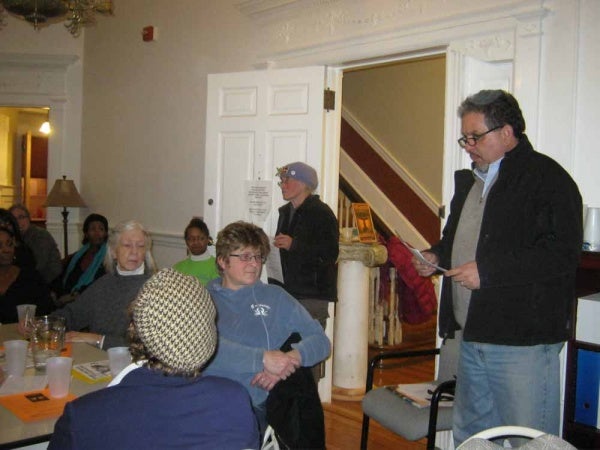
<p>Local real estate developer Stan Smith speaks about a business corridor art initiative for the neighborhood. (Alaina Mabaso/for NewsWorks)</p>
-
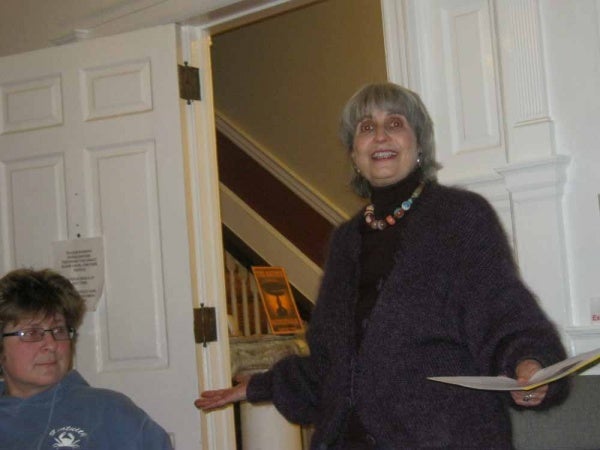
<p>Roundtable organizer Paula Paul welcomes new and returning members to the Artists Roundtable. (Alaina Mabaso/for NewsWorks)</p>
-
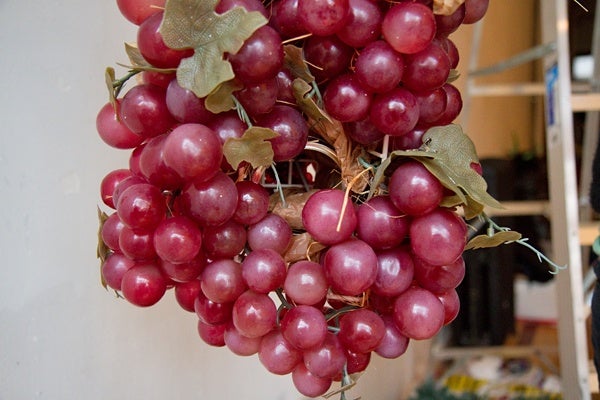
<p>Participants are welcome to build their own birdhouses Saturday, February 22, at the the Storefront for Urban Innovation. One of the birdhouses made from discarded plastic grapes. (Lindsay Lazarski/WHYY)</p>
-
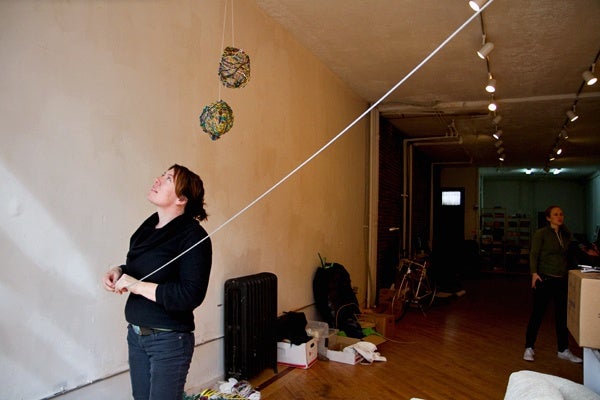
<p>Architect and designer Cary Clouse hangs a wire as part of the Toss exhibit at the Storefront for Urban Innovation in Philadelphia. (Lindsay Lazarski/WHYY)</p>
-
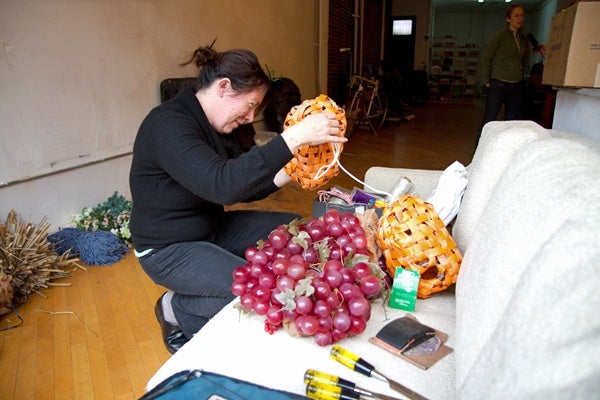
<p>Designer Carey Clouse examines one of the birdhouses at Next City's Storefront for Urban Innovation in Philadelphia. (Lindsay Lazarski/WHYY)</p>
-
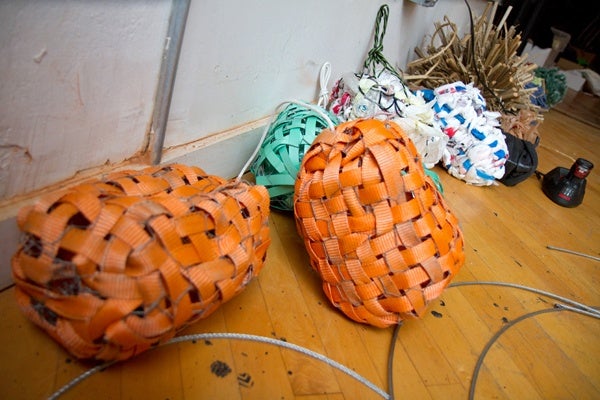
<p>The designers build the birdhouses out of salvaged materials such as lumber wrappings, plastic bags, rubber tubes, and even used mops. (Lindsay Lazarski/WHYY)</p>
-
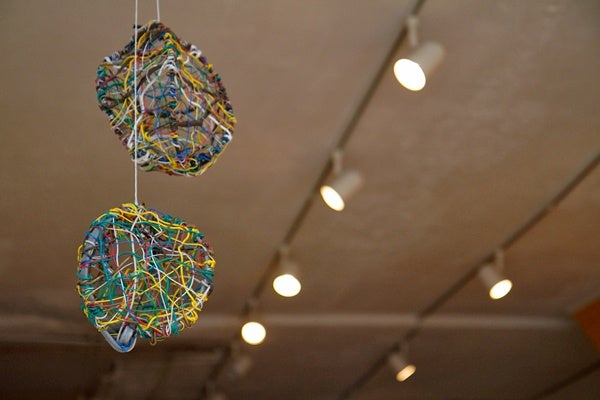
<p>Toss rifts off of the sight of sneakers hanging from telephone wires and power lines. Instead of sneaker the designers "toss" or hang birdhouses. (Lindsay Lazarski/WHYY)</p>
-
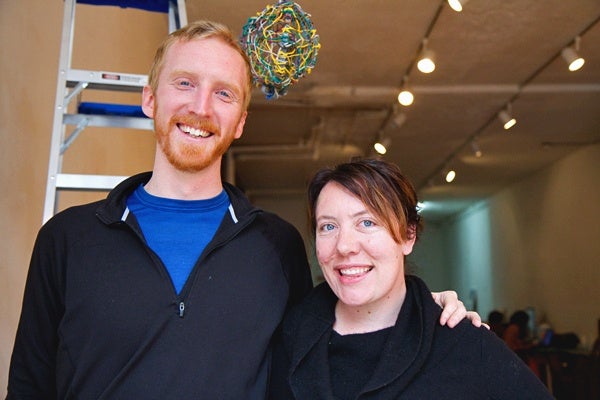
<p>Zack Lamb and Carey Clouse, creators of the exhibition, Toss, will host a birdhouse building workshop Saturday, February 23, at the Storefront for Urban Innovation. (Lindsay Lazarski/WHYY)</p>
A storefront in the Brewerytown neighborhood of Philadelphia is trying to build a better birdhouse.
Therein may lie the future of urban design.
The offices of Next City, an online magazine about modern cities, is a cavernous, open-plan space with windows looking onto 27th Street and Girard Avenue. Every month, it offers space to artists and designers to install their work.
This weekend, architects Zach Lamb and Carey Clouse (as the design team Crooked Works) will be in that window space showing people how to make birdhouses that can be tossed over telephone wires, like sneakers with the laces tied together.
The guerrilla art project — called “Toss” — is quasi-legal. The designers will not only watch to see if birds are attracted to the dangling houses (mostly made from salvaged urban trash), but also to see if city agencies will tear them down.
Lamb remembers when he got serious about birdhouses. “My best memory of it was laying in bed on a summer night in New Orleans, and being infuriated by mosquitoes. Buzzing in your ear. It drives you out of your mind,” he says.
After Hurricane Katrina, Mother Nature took over some of the urban infrastructure of New Orleans. Mosquitoes, always a problem in that tropical climate, became more even rampant.
“A bird in New Orleans, which is often touted as a big mosquito eater, is the purple martin,” said Clouse. “The purple martin is dependent on humans for habitation.”
Toward a more perfect union with nature
The birdhouses are a small addition to an ongoing conversation of how cities can co-opt nature to overcome urban problems, like using sidewalk trees and porous concrete to control stormwater, or transforming parts of New York City into wetlands to protect itself from hurricane flooding.
“In urban areas we are constantly renegotiating our relationships with other species. It’s usually fairly contentious — rats and mice and things like that,” said Lamb. “We’re trying to complicate that relationship a little bit and say there are ecological services they provide.”
As anyone who has parked their car under a telephone wire popular with birds knows, nature is not always your friend. Even trees are suspicious ecological partners when they drop sticky ginkgo berries on the sidewalk in spring. The birdhouses are part of an effort by Lamb and Klouse to show that cities are part of a natural ecology; regardless of how much brick and mortar is propped up, birds happen.
“If we think harder about how we relate to them, it’s not just that they crap on my car or wake me up in the morning,” said Lamb. “Wouldn’t it be great if we didn’t have mosquitoes in our ear?”
WHYY is your source for fact-based, in-depth journalism and information. As a nonprofit organization, we rely on financial support from readers like you. Please give today.




